
Most of the Arctic boundary waters were warmer than average in summer 2013, but a few cool pockets appeared in the western Arctic and the Greenland Sea. Warmer waters are drawing new species from lower latitudes into the Arctic.
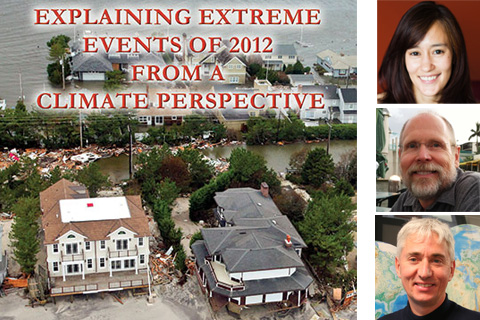
Last month, three NOAA scientists and a colleague from the United Kingdom Met Office were surprised to learn they'd be rubbing shoulders with leading international thinkers on Foreign Policy magazine's annual list of "Top 100 Global Thinkers."
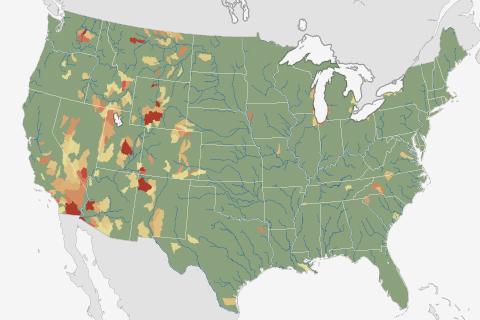
Nearly ten percent of U.S. watersheds are living beyond their means when it comes to their water supply. For nearly half the country, water stress is projected to worsen by mid-century because of climate change, according to a recent NOAA-funded analysis.

October More Like Summer Than Fall in Alaska
November 6, 2013
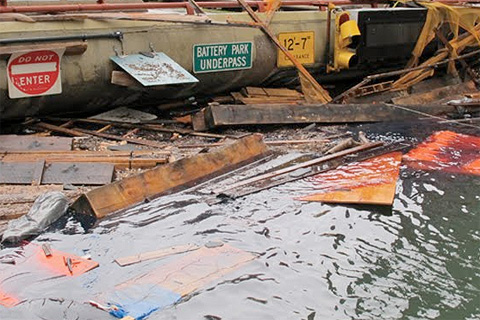
Stunned by Sandy's devastation, the city of New York undertook an ambitious project: to update its long-term sustainability plan using the latest climate science. Their goal was to understand how much sea level could rise, how soon, and just how vulnerable the city would be if some of the more extreme climate change projections turn into reality.
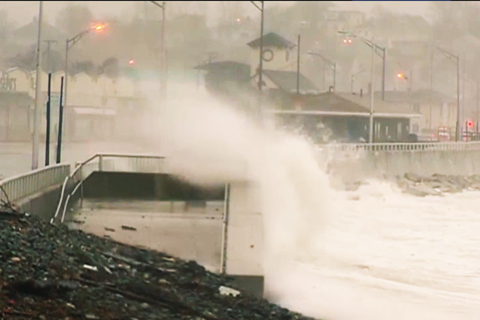
Developed by the NOAA Coastal Services Center, the sea level rise viewer offers access to data and information about the risks of sea level rise, storm surge, and flooding along the coastal United States. The Web-based map has the potential to help people build (or rebuild) in a more resilient way.

Explaining the NOAA Sea Level Rise Viewer
October 29, 2013
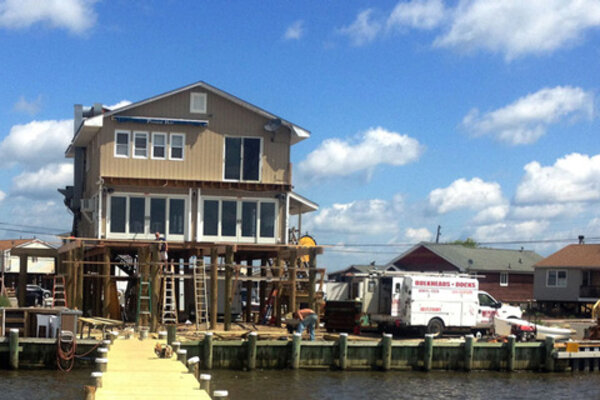
After Sandy: Facing the Future
October 29, 2013

At various locations on New Jersey's Barnegat Bay Island, Norb Psuty talks with Climate.gov about how humans' desire for permanence on barrier islands is at odds with natural processes. But preserving or restoring key dune and beach features can help communities weather some storms.

After Sandy: Changes and Choices
October 28, 2013